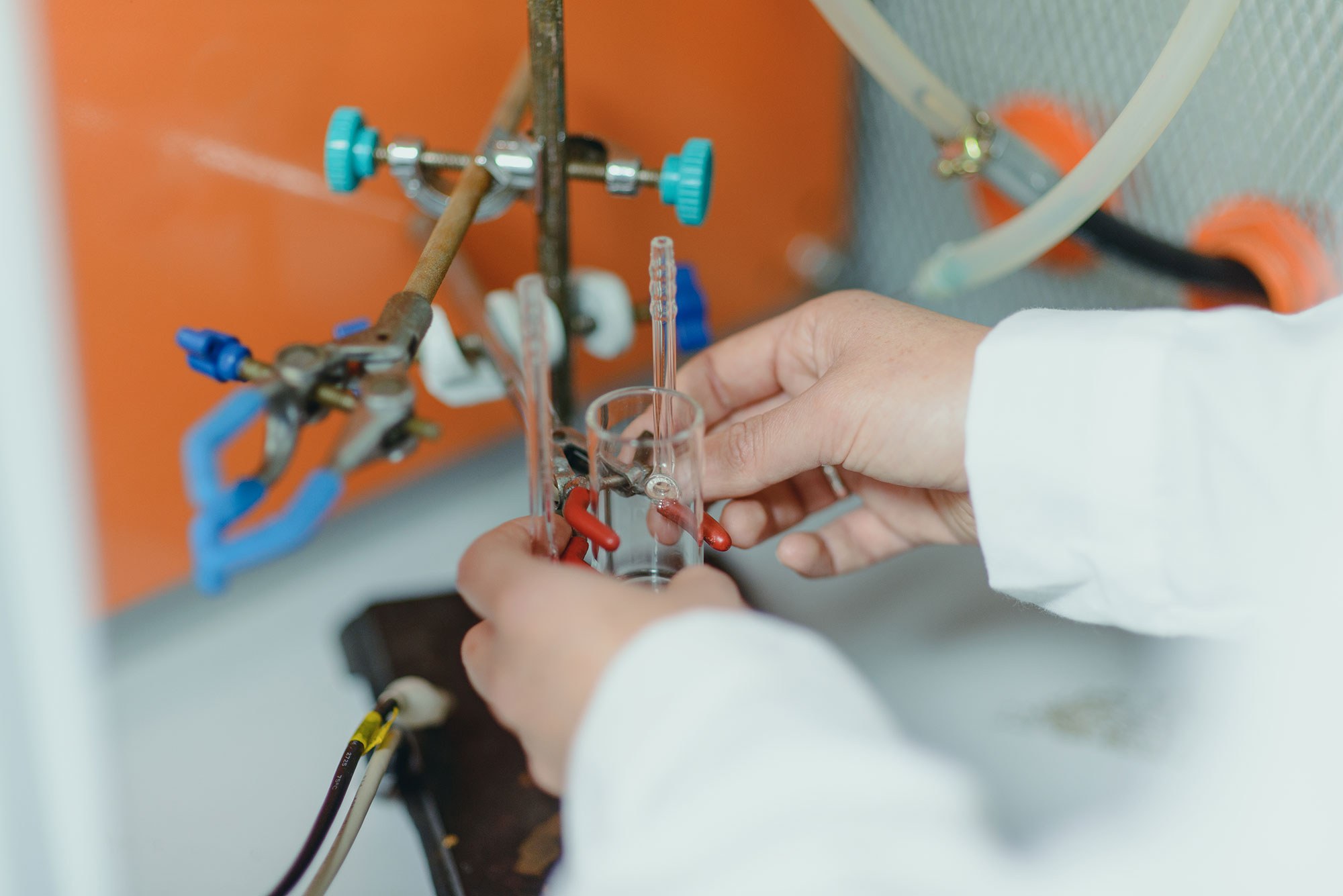López, X., Palacios-Prado, N., Güiza, J., Escamilla, R., Fernández, P., Vega, J. L., Rojas, M., Marquez-Miranda, V., Chamorro, E., Cárdenas, A. M., Maldifassi, M. C., Martínez, A. D., Duarte, Y., González-Nilo, F. D. & Sáez, J. C. (2021). INAUGURAL ARTICLE by a Recently Elected Academy Member: A physiologic rise in cytoplasmic calcium ion signal increases pannexin1 channel activity via a C-terminus phosphorylation by CaMKII. Proceedings of the National Academy of Sciences of the United States of America, 118(32). https://doi.org/10.1073/pnas.2108967118
Significance: This work shows that rat and human pannexin1 channels are not intrinsically sensitive to membrane stretch and their activation, previously associated with a physiologic increase in cytoplasmic Ca2+ concentration, results from phosphorylation via CaMKII in the amino acid residue S394 located in the C terminus of pannexin1. This posttranslational modification does not significantly affect the unitary conductance of the channel but increases the permeability of lateral tunnels to adenosine triphosphate (ATP) and permits the influx of positively charged molecules, such as DAPI, via the external vestibule to the cytoplasm. This activation mechanism might explain the ATP release via pannexin1 channels in diverse cell types under numerous physiologic conditions.
Abstract: Pannexin1 (Panx1) channels are ubiquitously expressed in vertebrate cells and are widely accepted as adenosine triphosphate (ATP)-releasing membrane channels. Activation of Panx1 has been associated with phosphorylation in a specific tyrosine residue or cleavage of its C-terminal domains. In the present work, we identified a residue (S394) as a putative phosphorylation site by Ca2+/calmodulin-dependent kinase II (CaMKII). In HeLa cells transfected with rat Panx1 (rPanx1), membrane stretch (MS)-induced activation—measured by changes in DAPI uptake rate—was drastically reduced by either knockdown of Piezo1 or pharmacological inhibition of calmodulin or CaMKII. By site-directed mutagenesis we generated rPanx1S394A-EGFP (enhanced green fluorescent protein), which lost its sensitivity to MS, and rPanx1S394D-EGFP, mimicking phosphorylation, which shows high DAPI uptake rate without MS stimulation or cleavage of the C terminus. Using whole-cell patch-clamp and outside-out excised patch configurations, we found that rPanx1-EGFP and rPanx1S394D-EGFP channels showed current at all voltages between ±100 mV, similar single channel currents with outward rectification, and unitary conductance (∼30 to 70 pS). However, using cell-attached configuration we found that rPanx1S394D-EGFP channels show increased spontaneous unitary events independent of MS stimulation. In silico studies revealed that phosphorylation of S394 caused conformational changes in the selectivity filter and increased the average volume of lateral tunnels, allowing ATP to be released via these conduits and DAPI uptake directly from the channel mouth to the cytoplasmic space. These results could explain one possible mechanism for activation of rPanx1 upon increase in cytoplasmic Ca2+ signal elicited by diverse physiological conditions in which the C-terminal domain is not cleaved.


